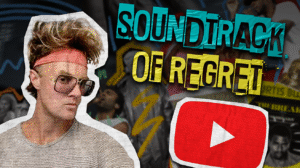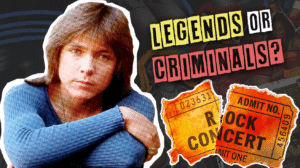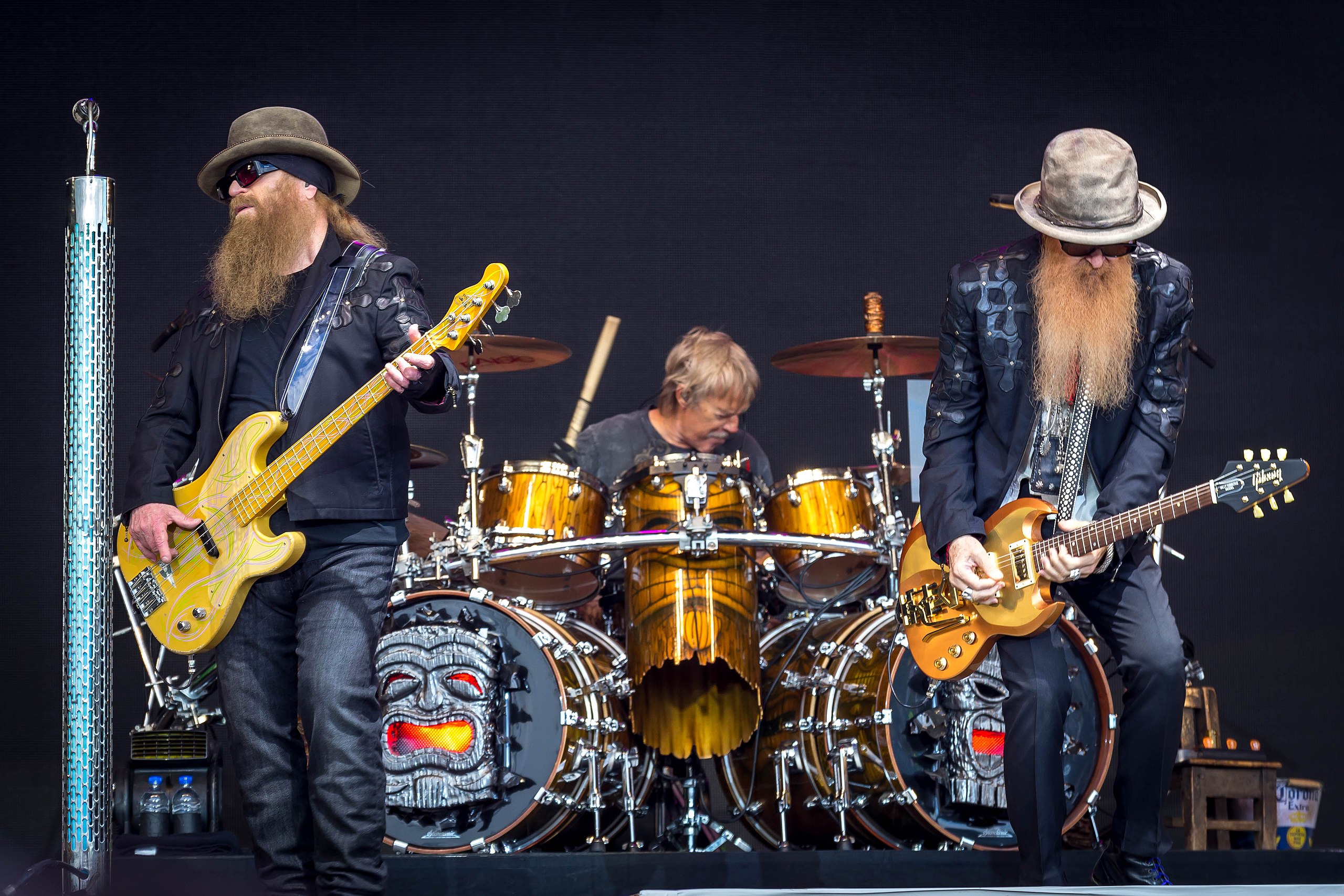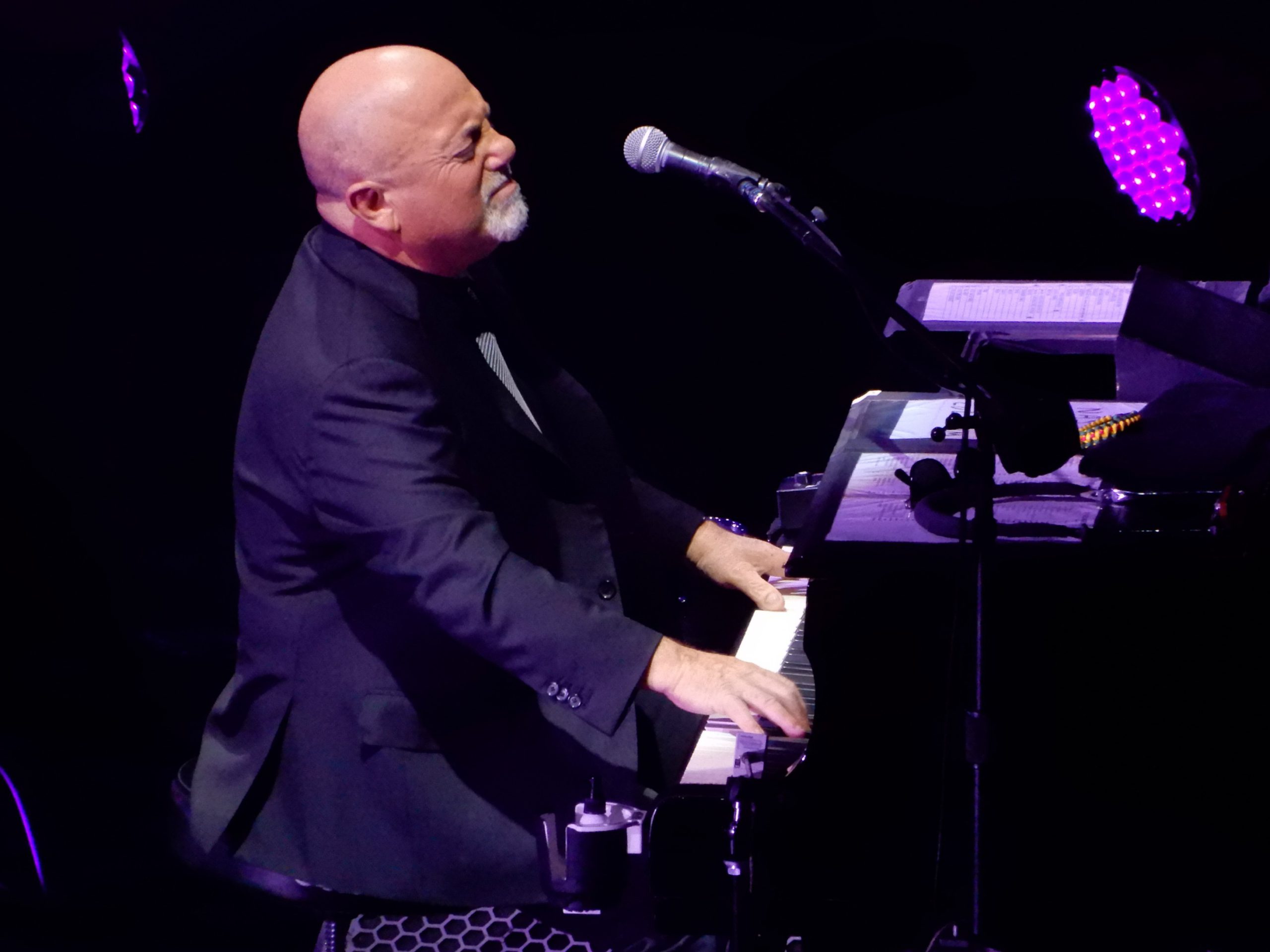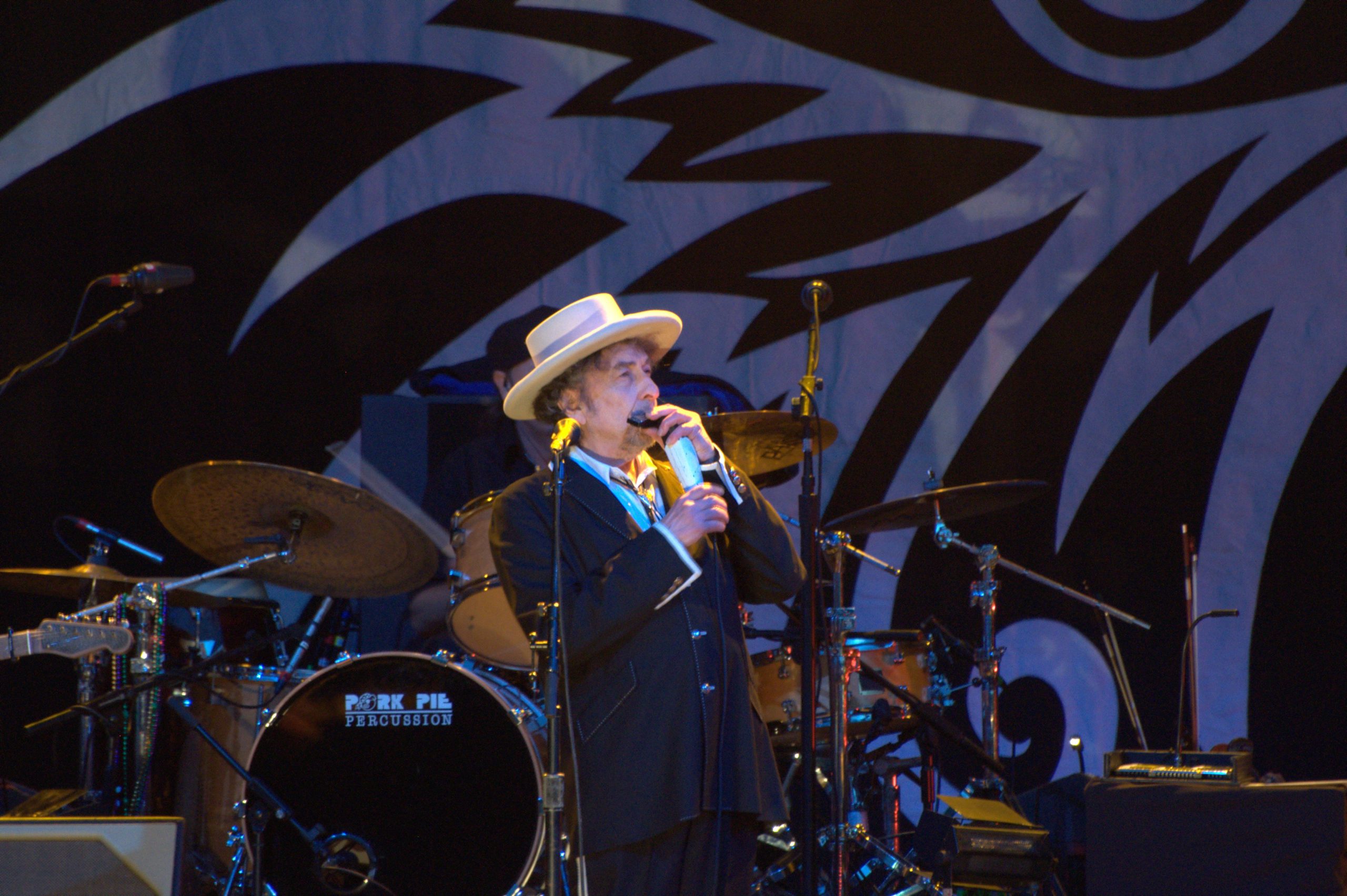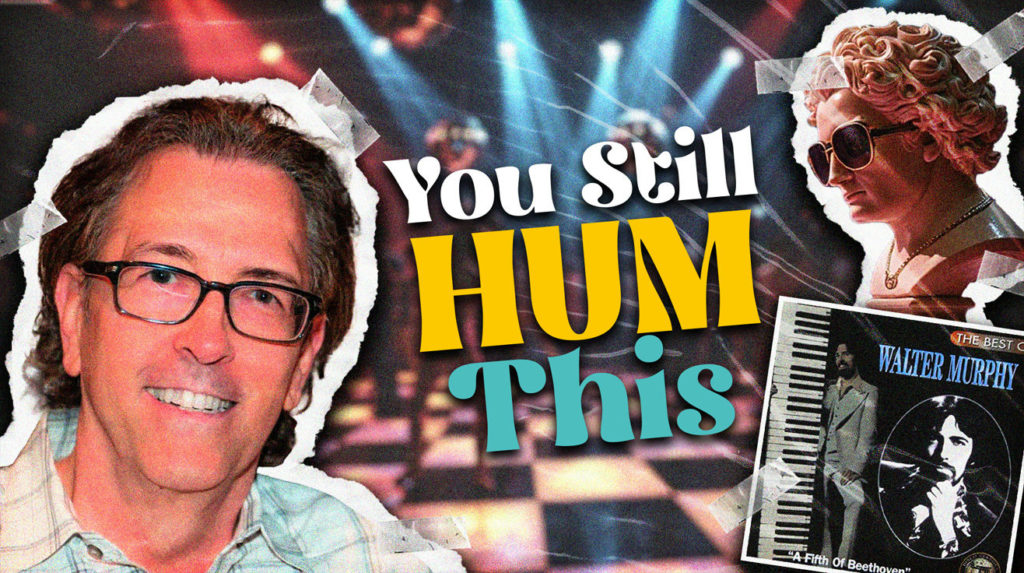
Music leaves fingerprints on our memories that time can’t erase. Between 1975-1976, a remarkable collection of songs briefly captured mainstream attention before fading into music history’s background radiation. Radio programmers moved on, streaming algorithms never learned their names, yet these tracks carved out their space in the cultural conversation.
Twenty-two songs that grabbed the zeitgeist by the throat and refused to let go, at least for a few months. Each represents the music industry’s endless appetite for the next big thing, preserving moments when artistic ambition collided with commercial reality in the most unexpected ways.
23. A Fifth of Beethoven – Walter Murphy
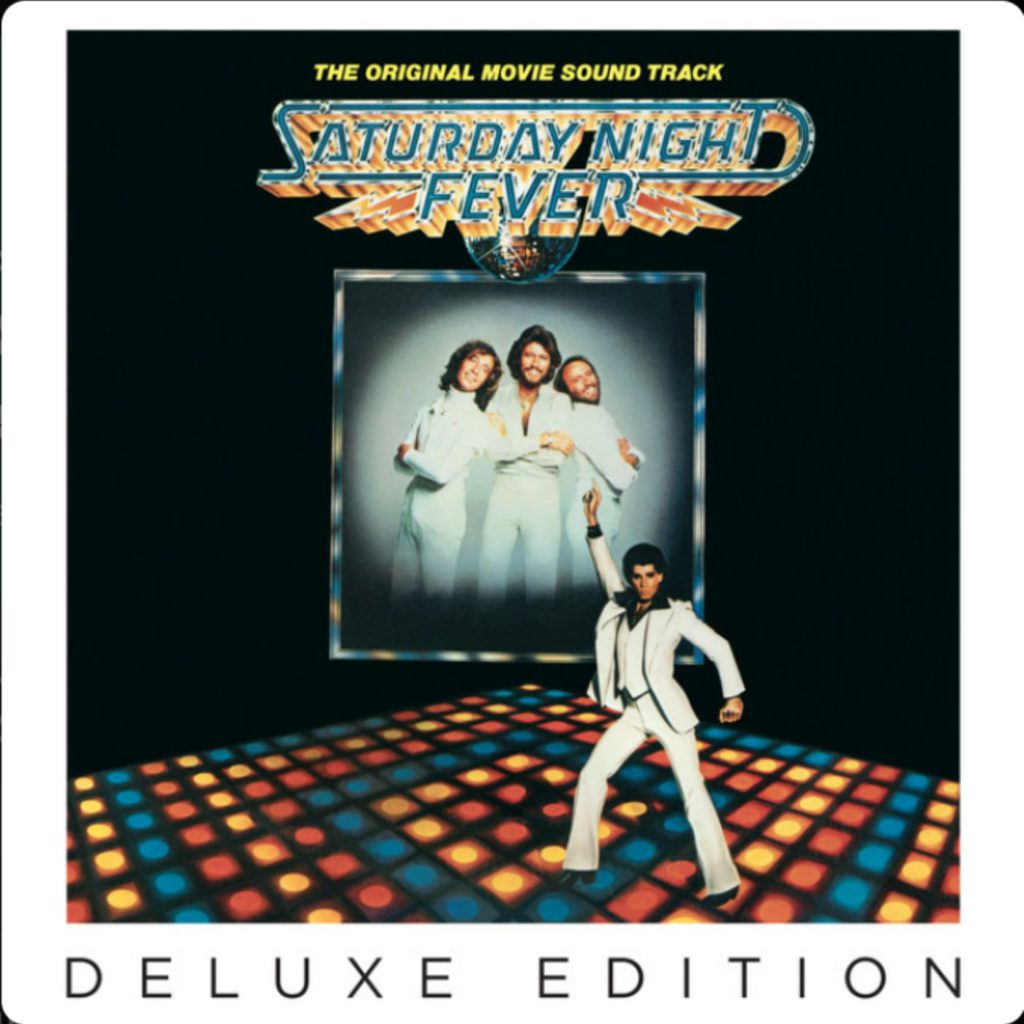
Classical music got reimagined for the disco era when this topped the charts in 1976 and sold over two million copies. Adapting Beethoven’s famous Symphony No. 5 with disco beats created crossover hits appearing in “Saturday Night Fever.”
Clever title plays on “fifth symphony” and liquor “fifth”, adding appeal, though real achievement was making classical music accessible to contemporary audiences without diminishing power. Genre-blending experiments continue today—classical elements in pop music echo paths this track helped pioneer.
22. Rockin’ Chair – Gwen McCrae
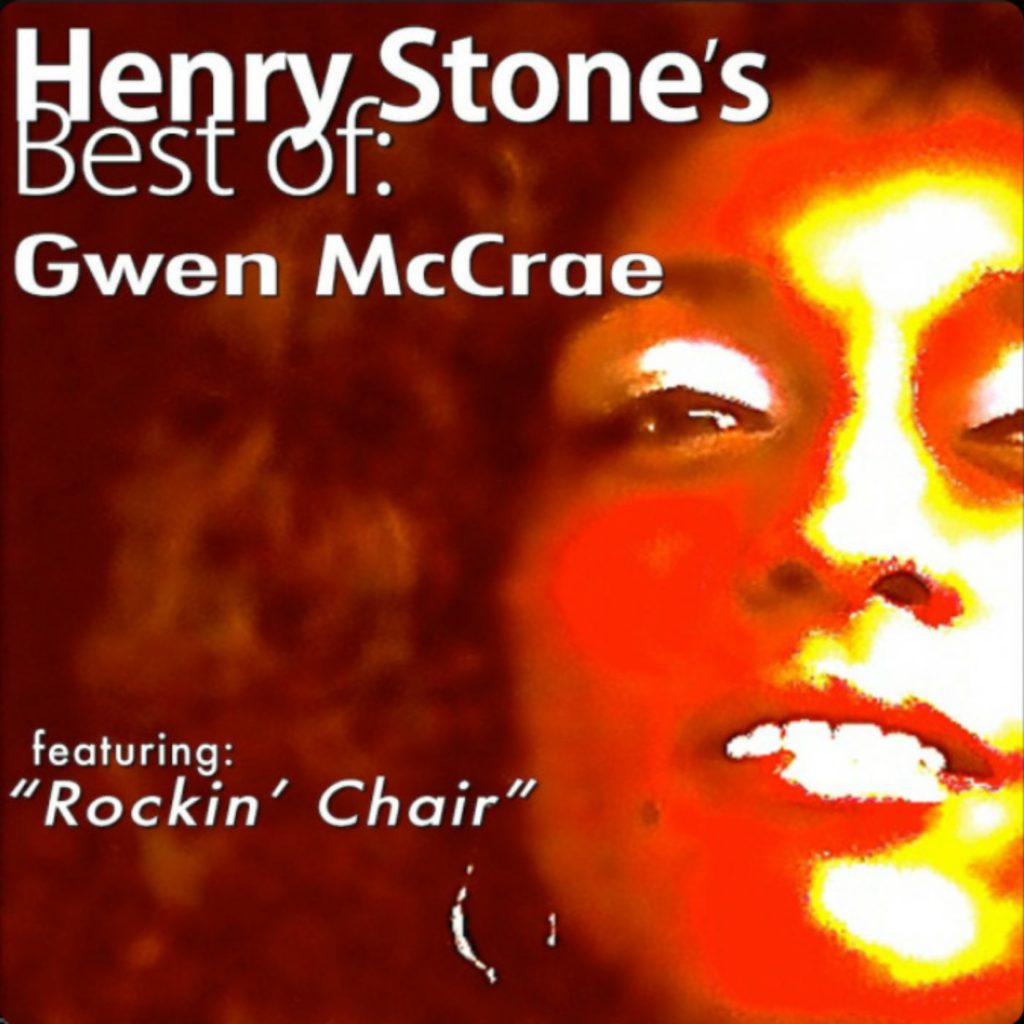
Powerful performances over irresistible grooves propelled this to number nine on the Hot 100 and topped R&B charts in 1975. Written by Willie Clark and Clarence Reid, the titular furniture becomes a metaphor for comfort and satisfaction.
Response to husband George’s hit “Rock Your Baby” created musical conversation between spouses playing out on charts. With George providing backup vocals, personal relationships inspired creative output, connecting with wider audiences. McCrae’s delivery of warmth makes this feel like a personal invitation into private moments.
21. Feelings – Morris Albert
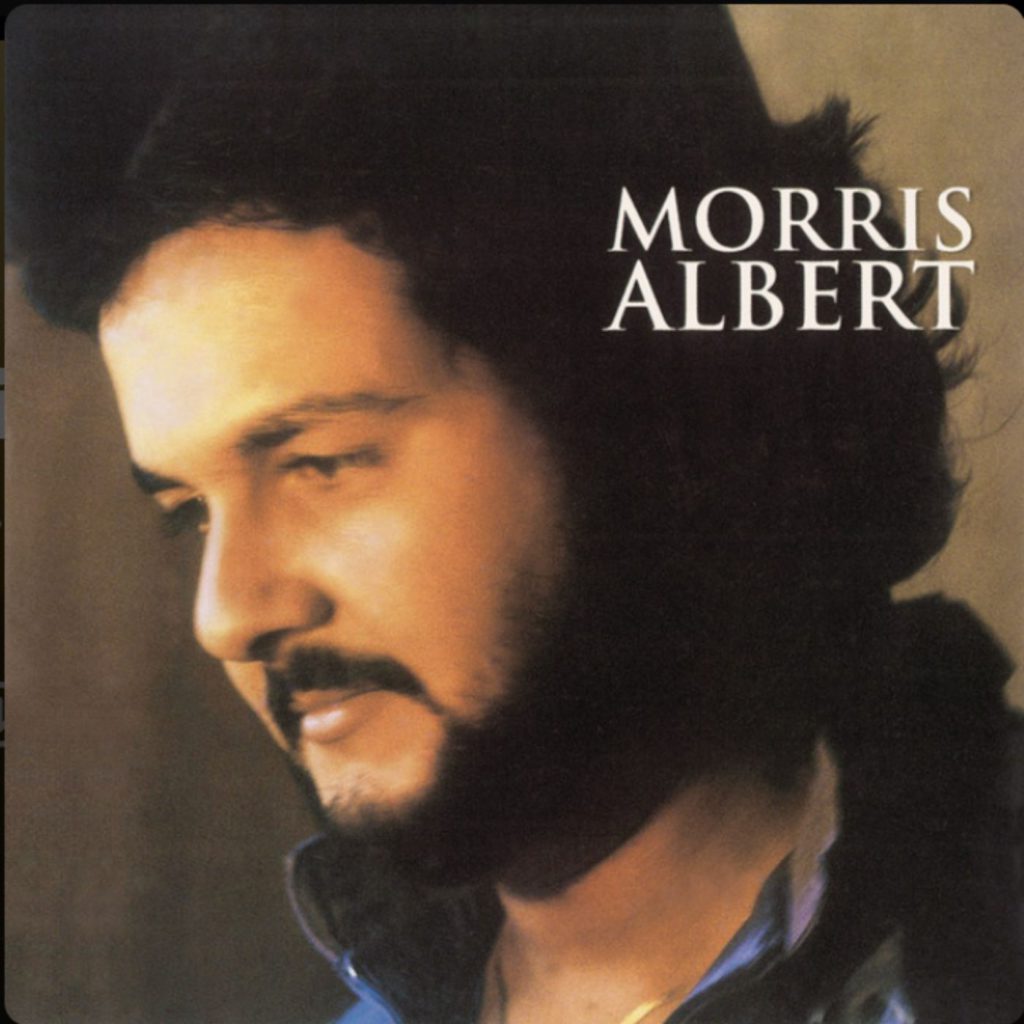
Journey from massive popularity to punchline to reappraisal—few songs travel this complete arc. This emotional ballad reached number six on Billboard and number two on Adult Contemporary charts, becoming one of 1975’s inescapable hits.
Brazilian singer’s distinctive “wo wo wo” chorus connected with listeners seeking emotional authenticity in the post-Vietnam era. Originally written in Portuguese, legal battles emerged when composer Loulou Gasté successfully claimed it borrowed from his 1956 composition “Pour Toi.” Controversy and later parodies aside, this remains a perfect time capsule of mid-70s sentimentality.
20. Turn the Beat Around – Vicki Sue Robinson
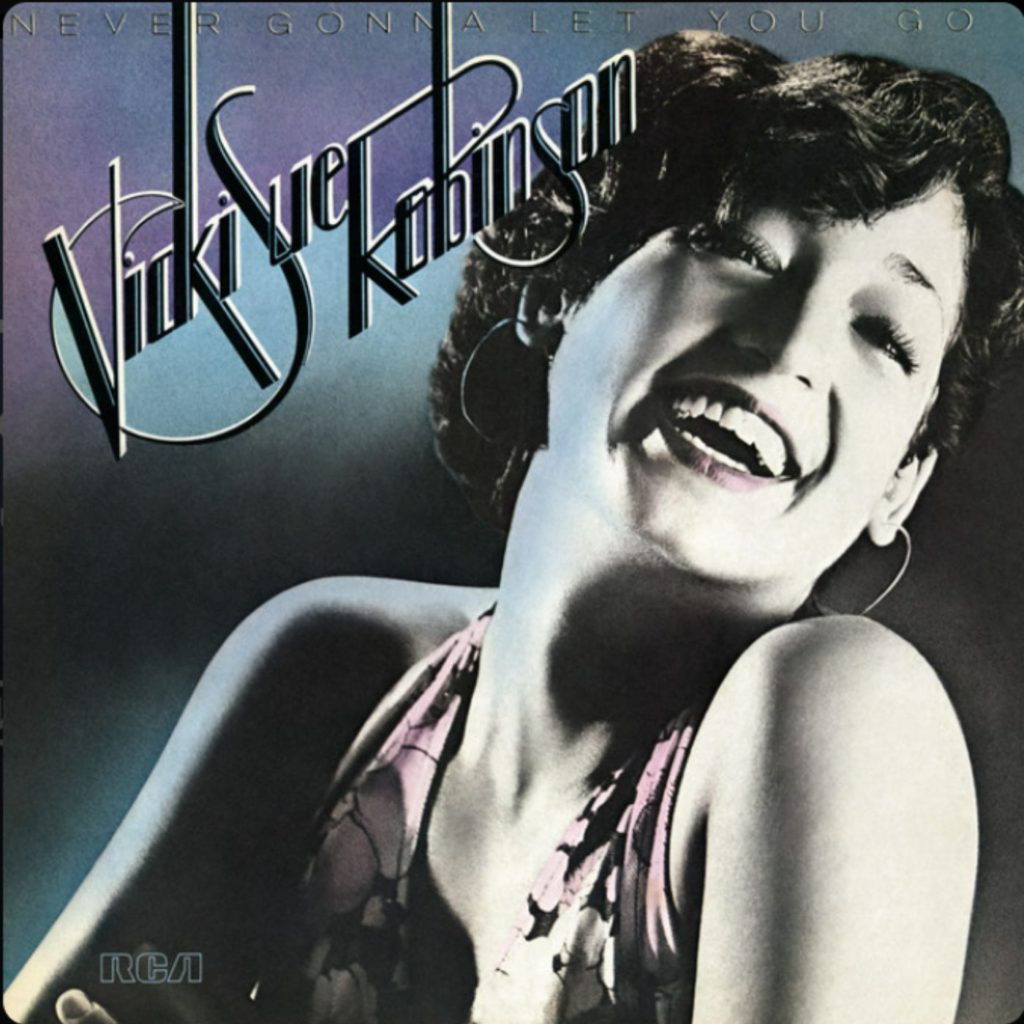
Rhythm celebration in lyrics and production earned this number 10 chart position and a Grammy nomination in 1976. Written by Gerald and Peter Jackson, the track describes music’s uplifting effect while simultaneously demonstrating it.
Musical Möbius strips work when songs about rhythm’s power deliver that exact power to listeners. Dance-focused messages transcend decades because they tap into the fundamental human response to music. Energy remains infectious because Robinson captured something timeless—physical and emotional reactions to rhythm aren’t bound by era or genre.
19. Jackie Blue – Ozark Mountain Daredevils
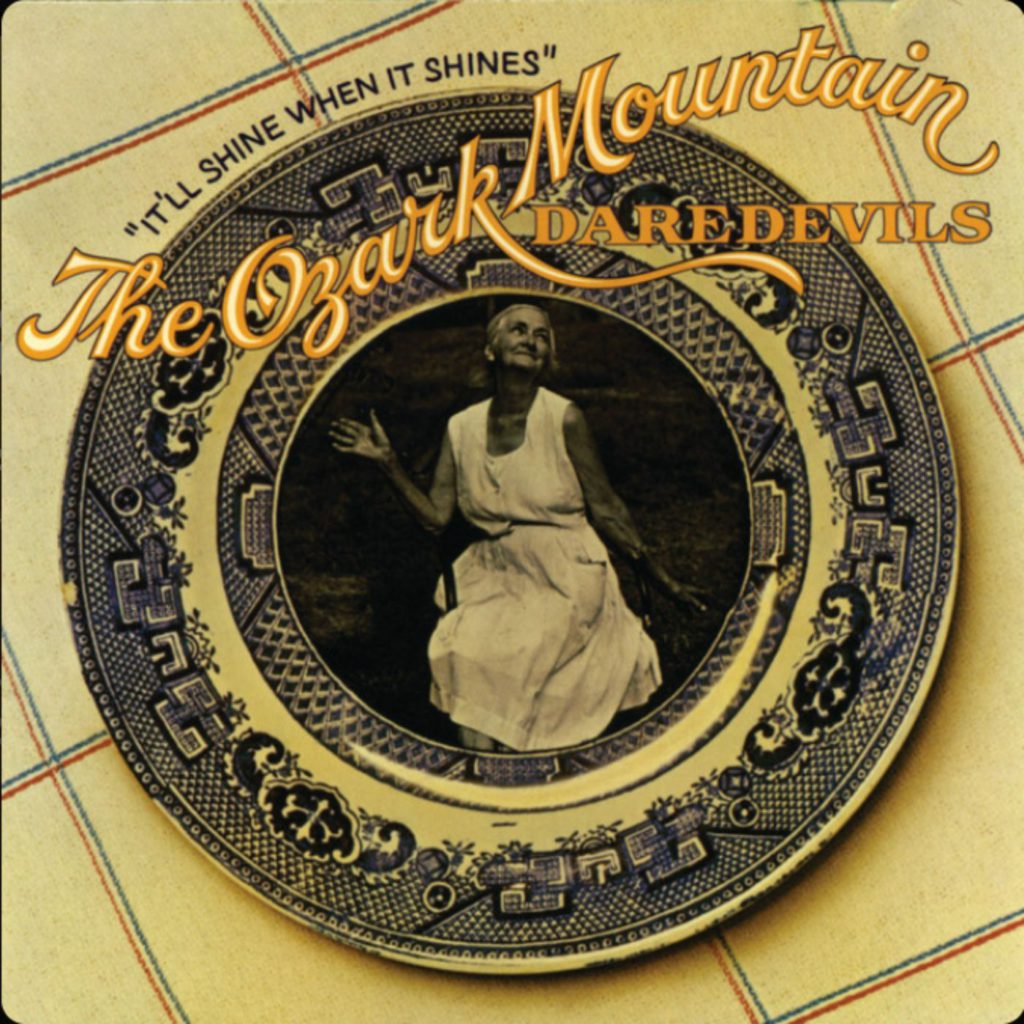
Enigmatic character studies rarely achieve number three on Billboard charts and number one on Cashbox, as this 1975 hit managed. Written by Steve Cash and Larry Lee, the portrait of a mysterious woman feels simultaneously specific and universal.
Character evolution during the creative process adds intrigue—originally conceived as male figures (bartender and drug dealer) before becoming female, “Jackie Blue.” This transformation created layers that continue captivating listeners decades later. Melodic sophistication and lyrical depth show how country-rock incorporated complexity without sacrificing accessibility.
18. Love Won’t Let Me Wait – Major Harris
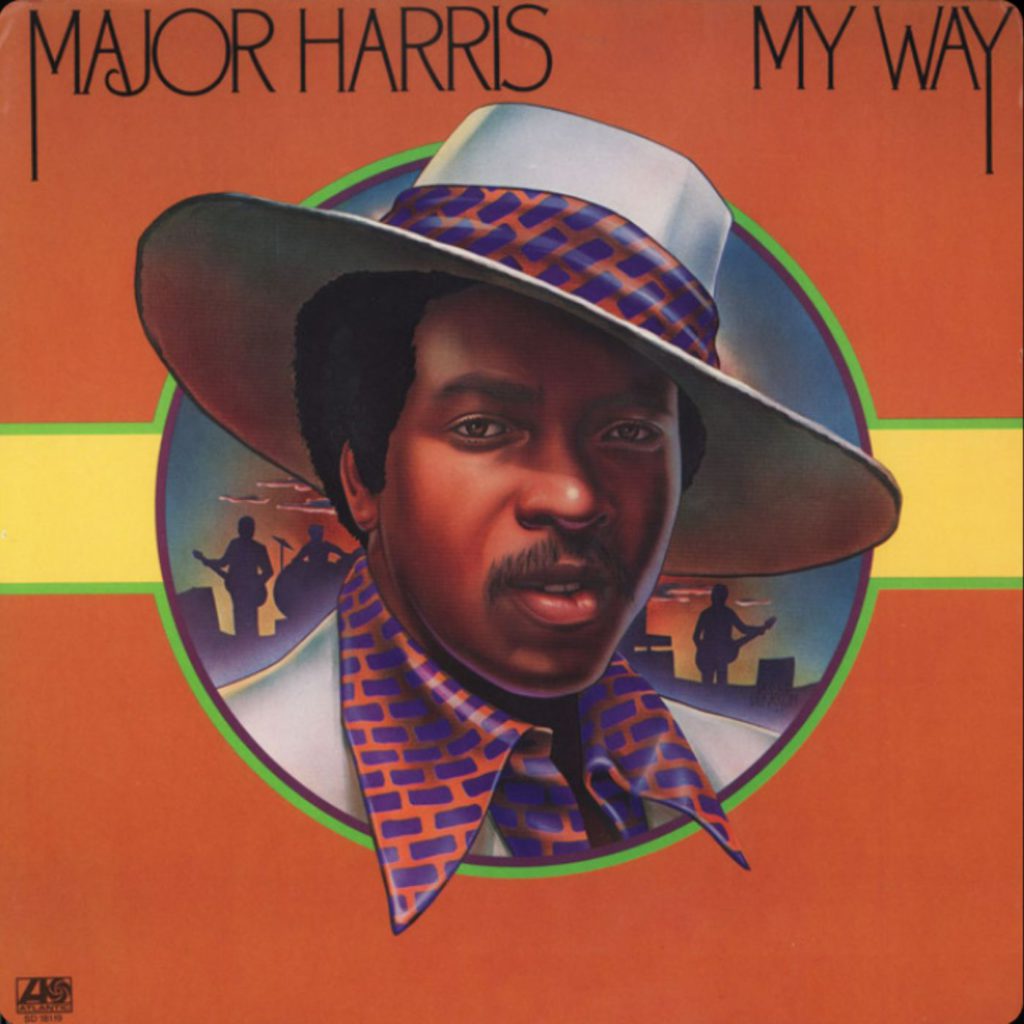
Luxury meets accessibility in what sounds like musical cashmere—timeless, impossible to replicate with synthetic substitutes. After honing his craft with The Delfonics, this solo effort topped the R&B chart and reached number five on Billboard in 1975. The RIAA awarded it gold status in June of that year.
Harris’s vocals take center stage in a production that creates an intimate atmosphere through emotional restraint. Passionate moments land with greater impact because of this calculated distance. Sales figures can’t capture how perfectly this embodies a sophisticated soul—romantic without being saccharine, sensual without being explicit.
17. Afternoon Delight – Starland Vocal Band

Innocent harmonies blend with suggestive lyrics in this July 1976 chart-topper that sparked endless meaning debates. The restaurant’s happy hour menu inspired the title (Clyde’s), though the content went well beyond culinary pleasures.
A Grammy Award and a brief summer television series followed this single’s success. Cultural relevance is maintained through film appearances like “Anchorman.” Enduring appeal lies in duality—wholesome or risqué interpretations depending on the listener’s perspective, making it adaptable across generational attitude changes.
16. Loving You – Minnie Riperton
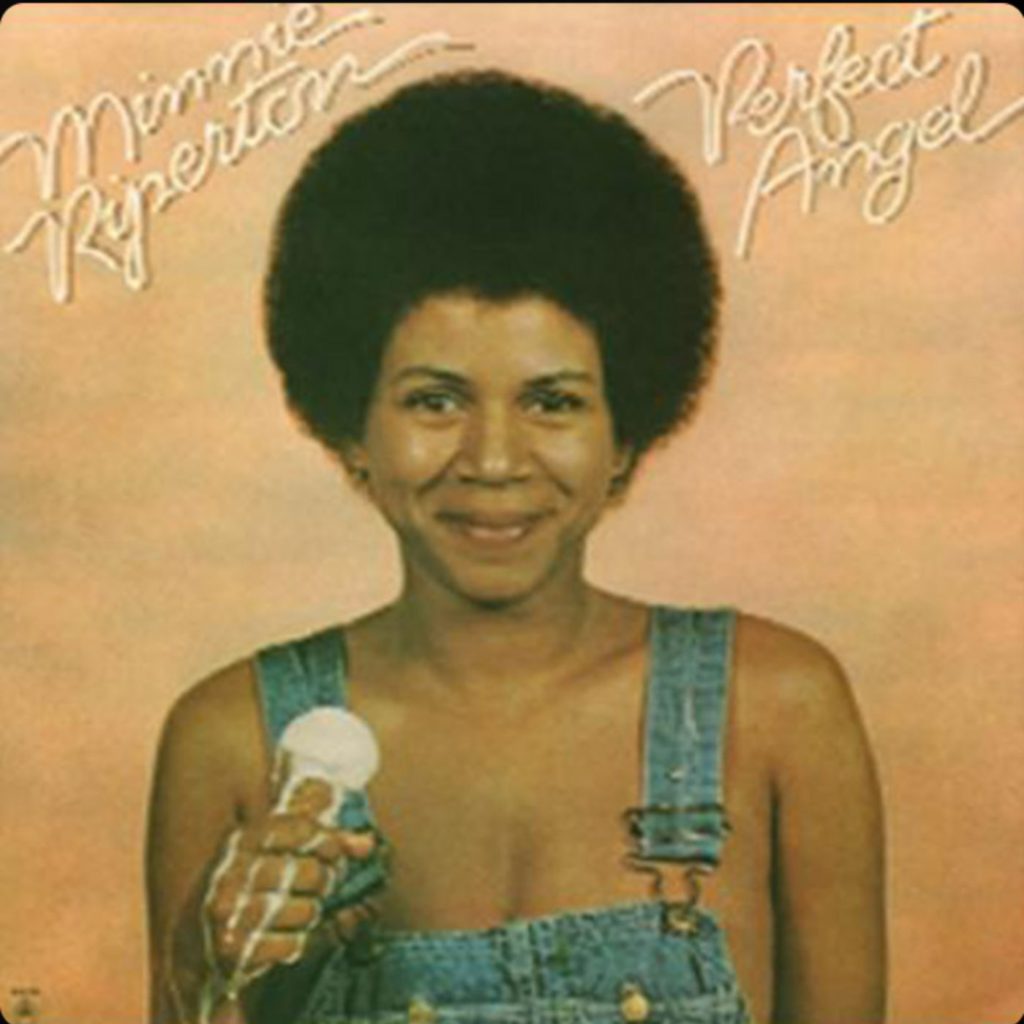
April 1975 witnessed what few vocalists could even attempt—a showcase of legendary five-octave range that reached number one. Co-written with husband Richard Rudolph for their daughter Maya (later actress Maya Rudolph), Stevie Wonder produced it under the pseudonym El Toro Negro.
Botanical precision guides this arrangement, starting with simple piano and voice before blooming into lush orchestration. Wonder supports rather than competes with Riperton’s remarkable vocal performance. Her famous whistle register notes serve the emotional core of maternal love rather than mere technical showmanship. Tragically, cancer claimed Riperton in 1979, making this both a commercial peak and a poignant legacy.
15. Black Superman (Muhammad Ali) – Johnny Wakelin
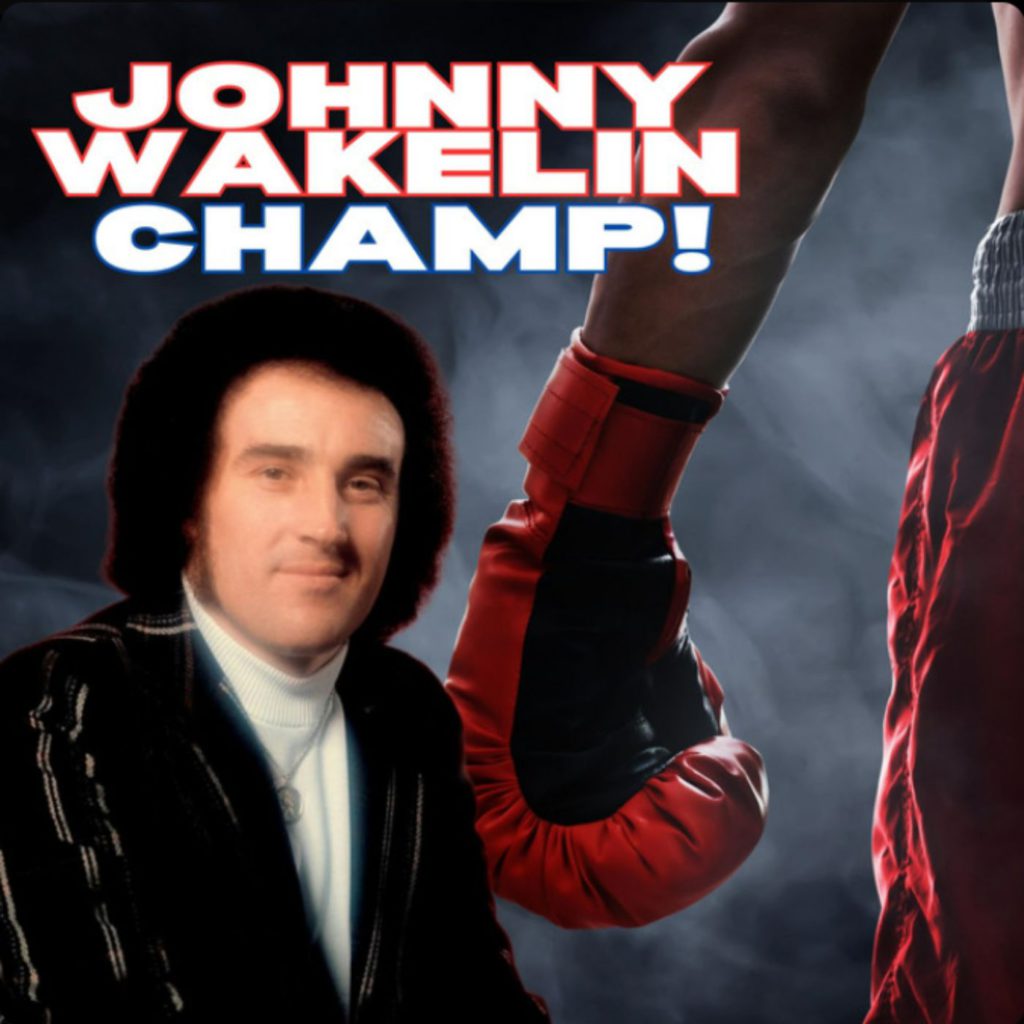
Athletic tributes rarely achieve chart success, making this number 21 Hot 100 and number seven UK hit remarkable. Incorporating Ali’s famous phrases (“Float like a butterfly, sting like a bee”), it celebrates his Zaire victory against George Foreman.
Cultural impact beyond boxing rings gets demonstrated through musical celebration. Time capsule preserves moments when controversial athletes completed transformation into beloved global icons, capturing both charisma and public adoration in musical form.
14. I Want to Do Something Freaky to You – Leon Haywood
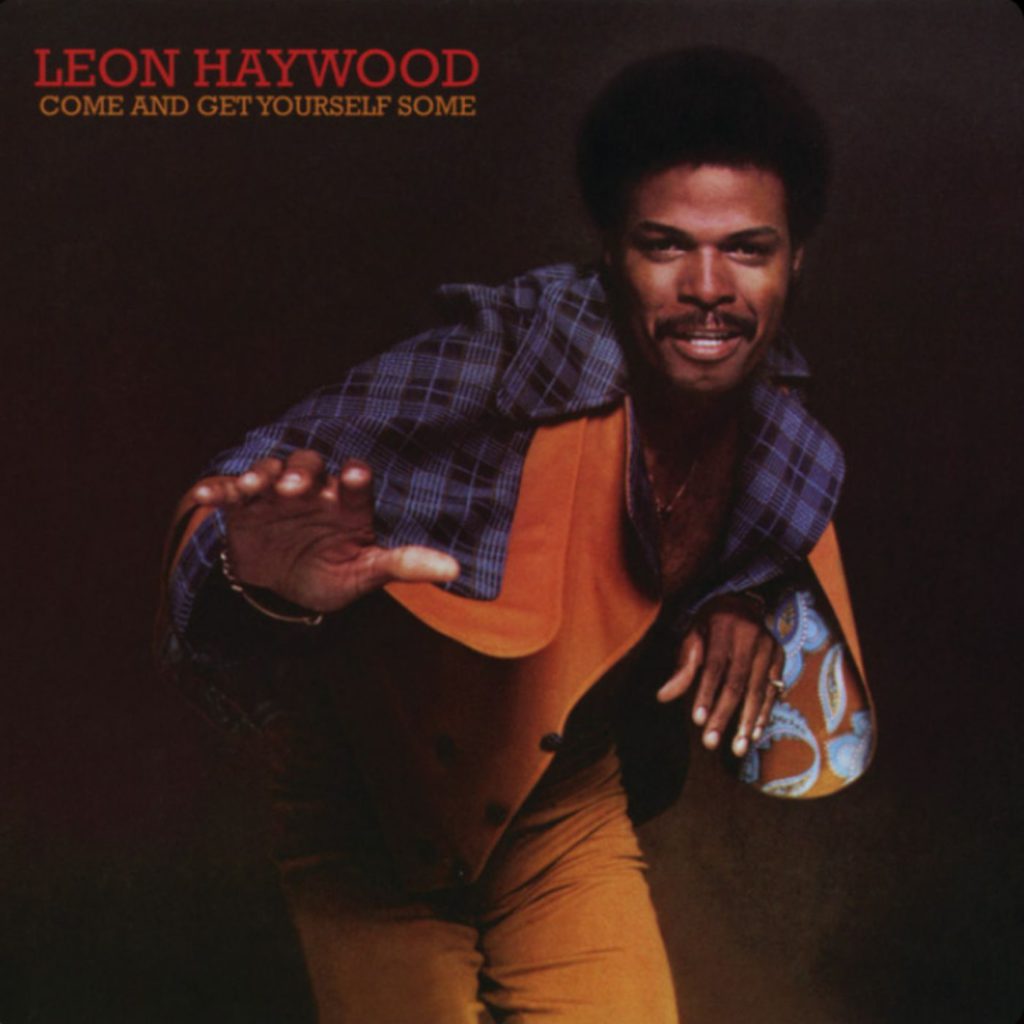
Seductive lyrics meet irresistible funk grooves in this self-produced effort that reached number 15 on the Hot 100 and number seven on the R&B charts in 1975. Lush strings layer over solid bass lines, creating sophisticated soundscapes for smooth vocal delivery.
Cultural relevance got renewed when Dr. Dre sampled its iconic intro loop for “Nuthin’ but a G Thang” in 1992. This demonstrates how Haywood’s production contained elements so fundamentally appealing that they could be repurposed nearly two decades later in entirely different genres while retaining essential groove.
13. Welcome Back – John Sebastian
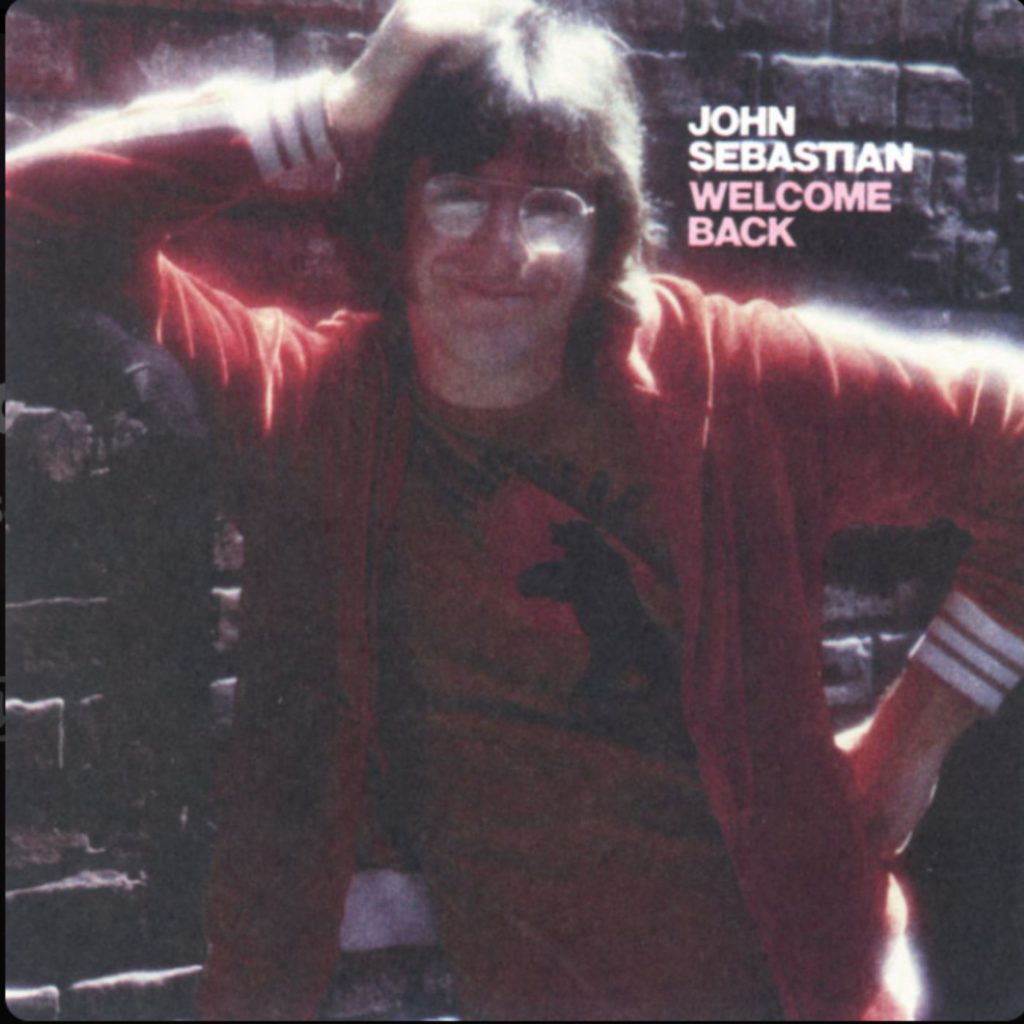
Television themes proved they could become legitimate hits when this topped the charts in 1976. Originally composed as a short theme for “Welcome Back, Kotter” (launching John Travolta’s career), Sebastian expanded it into a full song, connecting deeply with listeners.
Warm tones and homecoming lyrics created instant nostalgia, even when new, a remarkable achievement, explaining lasting appeal. Crafting something simultaneously fresh and familiar requires serious skill. The track succeeds like returning to places you’ve never left, carrying emotional weight that transcends its sitcom origins.
12. Dynomite – Bazuka
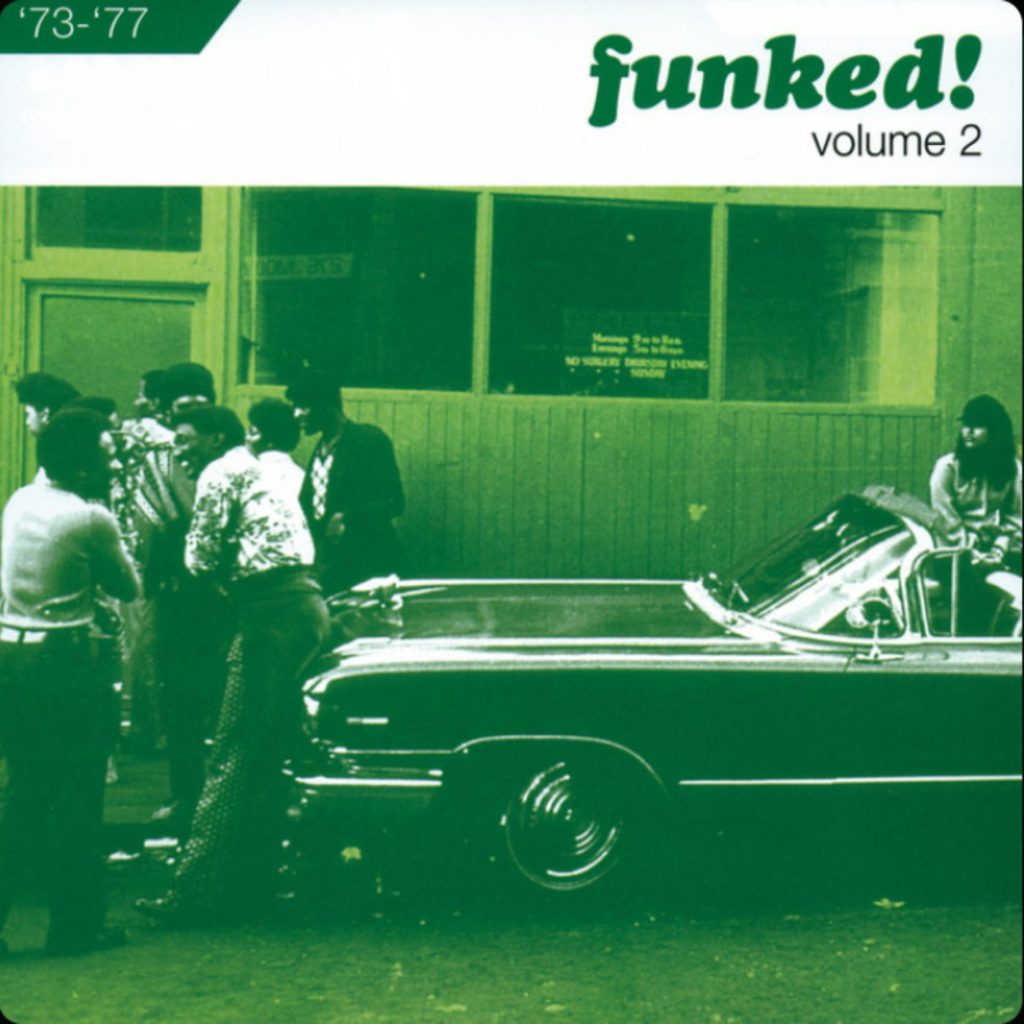
Explosive promises were delivered when Tony Camillo’s project reached number 10 on Billboard and number six on the US Dance charts in 1975. Inspired by JJ Evans’ catchphrase from TV’s “Good Times,” the track captured era energy with layered drum sounds and synthesized bass lines.
Controlled sonic detonation builds tension through each section before releasing it in bursts of energetic instrumentation. One significant chart appearance perfectly encapsulated funk evolving into disco, preserving that transitional sound like an audio fossil from a pivotal musical moment.
11. Third Rate Romance – Amazing Rhythm Aces
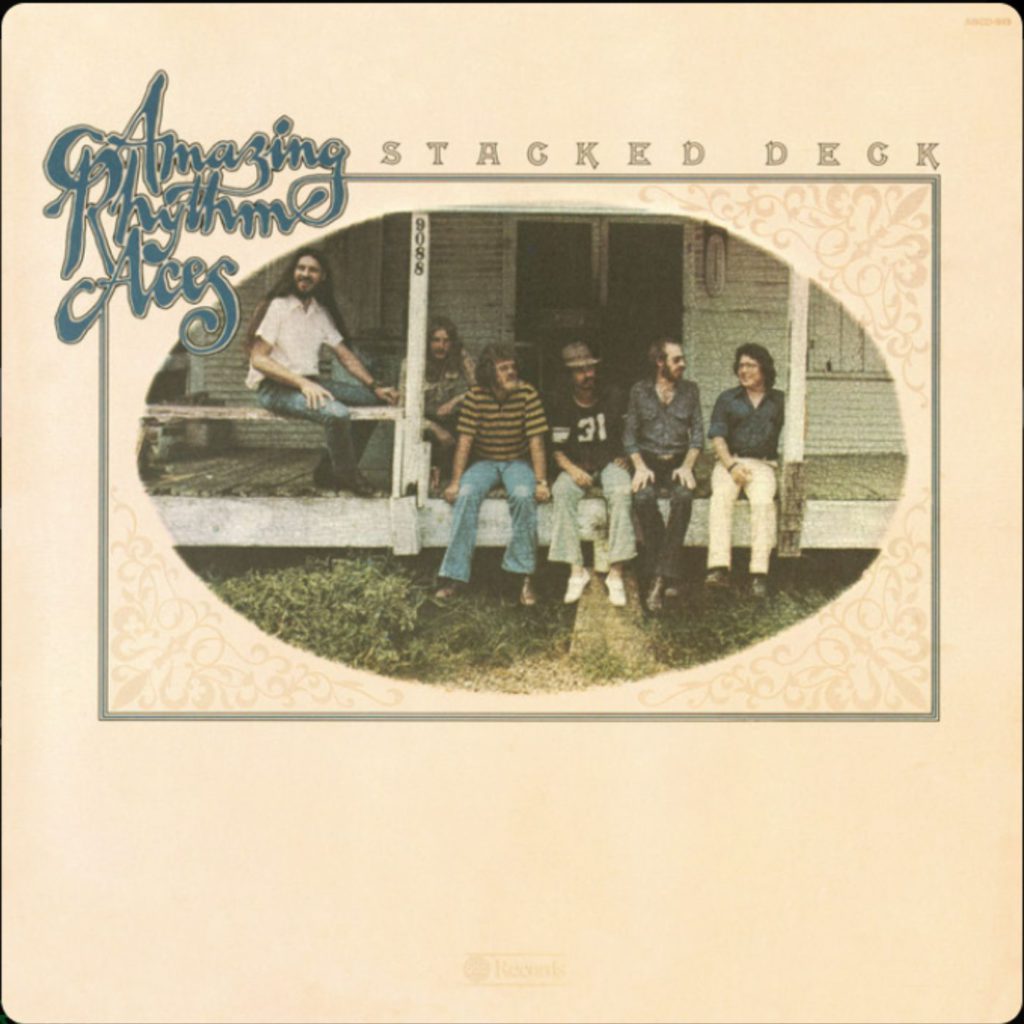
Narrative storytelling crossed boundaries when this reached number 11 country and number 14 on the Hot 100. Russell Smith’s memorable lyrics tell casual motel encounter stories with frankness unusual for mid-70s radio.
Light-hearted tone creates interesting tension with somewhat cynical romance views. Focusing on imperfect, transactional encounters rather than idealized love offered listeners realistic perspectives that resonated across demographic boundaries. Authenticity often connects more deeply than fantasy—this track proves it definitively.
10. The Boys Are Back in Town – Thin Lizzy
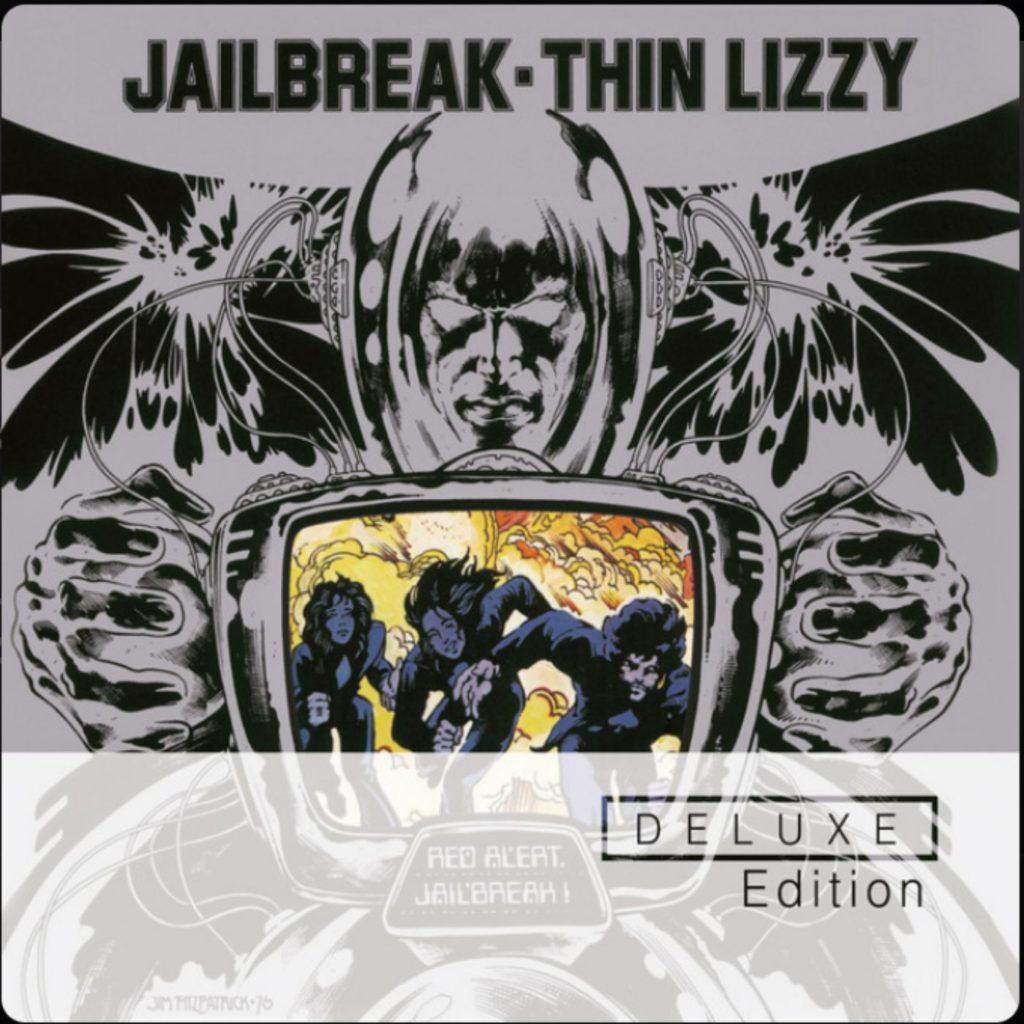
Enduring friendship anthems achieve number 12 chart positions when they capture reunion excitement this perfectly. Twin guitar attack from Scott Gorham and Brian Robertson creates a distinctive sound, complementing Phil Lynott’s charismatic vocal delivery.
Youthful excitement and camaraderie brim throughout, capturing the electric atmosphere of reconnecting with old friends after time apart. Many excellent tracks followed throughout their career, yet this remains a signature hit, ensuring rock history placement while continuing soundtrack duty for reunions and homecomings.
9. Doctor’s Orders – Carol Douglas
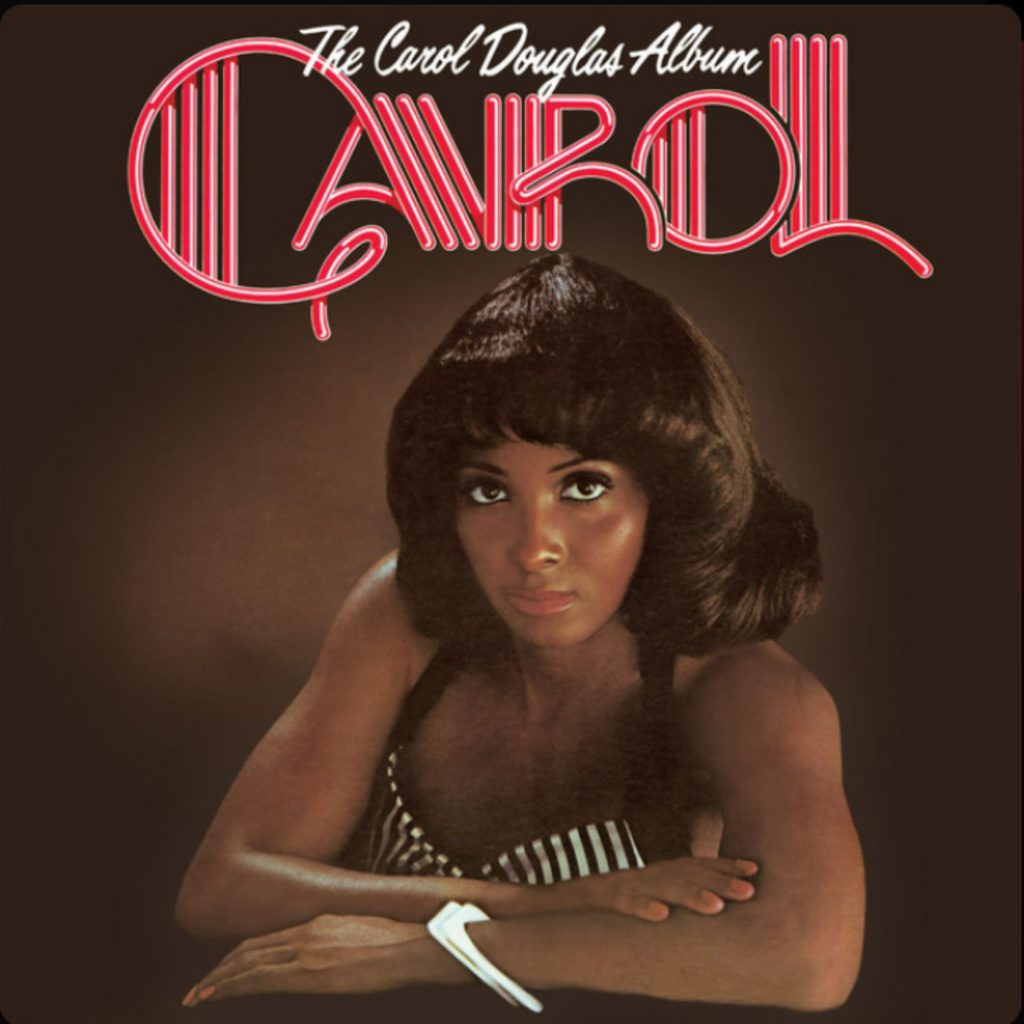
Medical metaphors for heartache provide playful frameworks when they reach number 11 on the Hot 100 and number two on the Disco charts. Pure disco pleasure gets prescribed through infectious rhythm and danceable beats.
Lou Delgado’s production sparkles with rich orchestration, giving texture while maintaining driving rhythm essential for filling dance floors. Early disco captured here in a joyful phase before excess and backlash complicated its cultural position. Think perfectly designed party euphoria—immediate rush followed by sustained energy.
8. Moonlight Feels Right – Starbuck
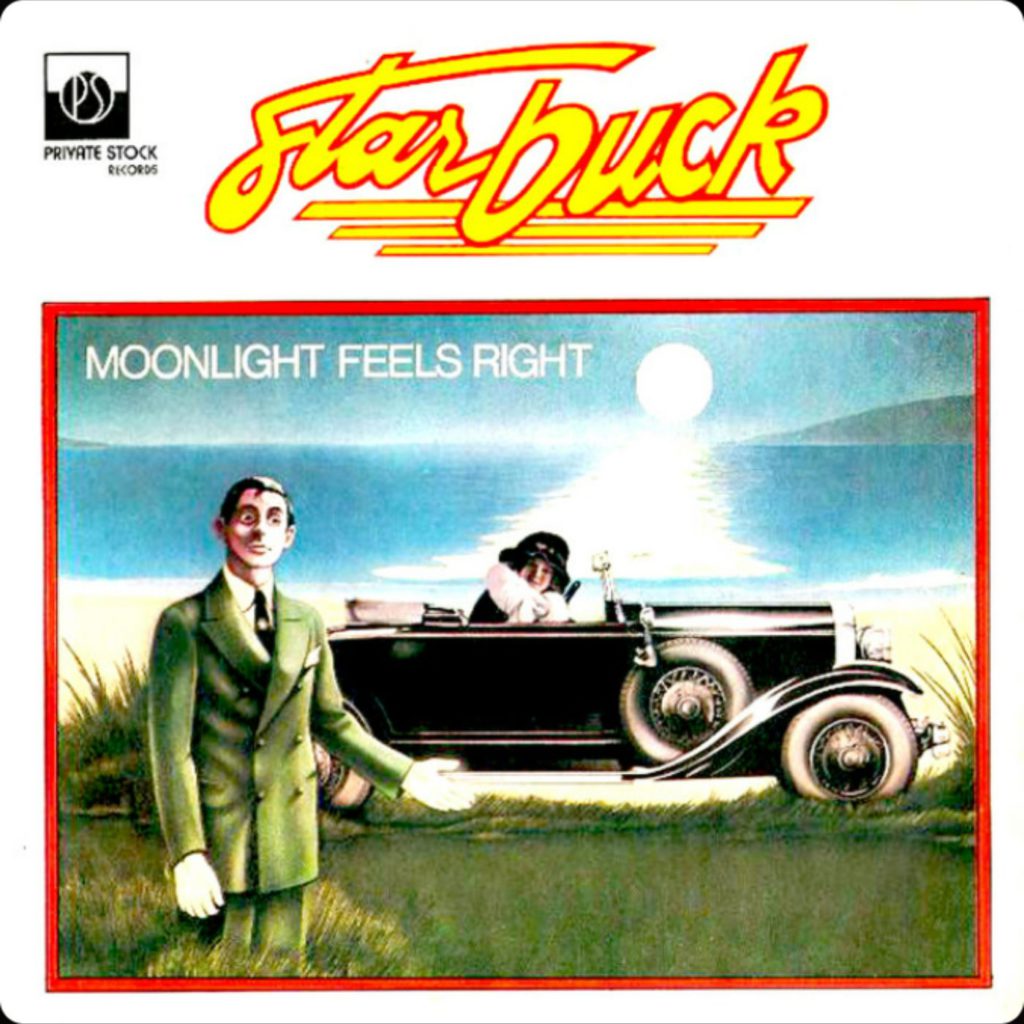
Unexpected success arrived after numerous record label rejections when this reached number three in 1976. Bruce Blackman’s dreamy composition features a distinctive marimba solo, setting it apart from other soft rock hits.
Rock-jazz fusion sounds remarkably fresh decades later, while romantic lyrics perfectly capture summer romance feelings. Perfectly preserved vintage convertibles that still run beautifully demonstrate how cultural artifacts maintain appeal across generations through careful craftsmanship and originality rather than following temporary trends.
7. Sky High – Jigsaw
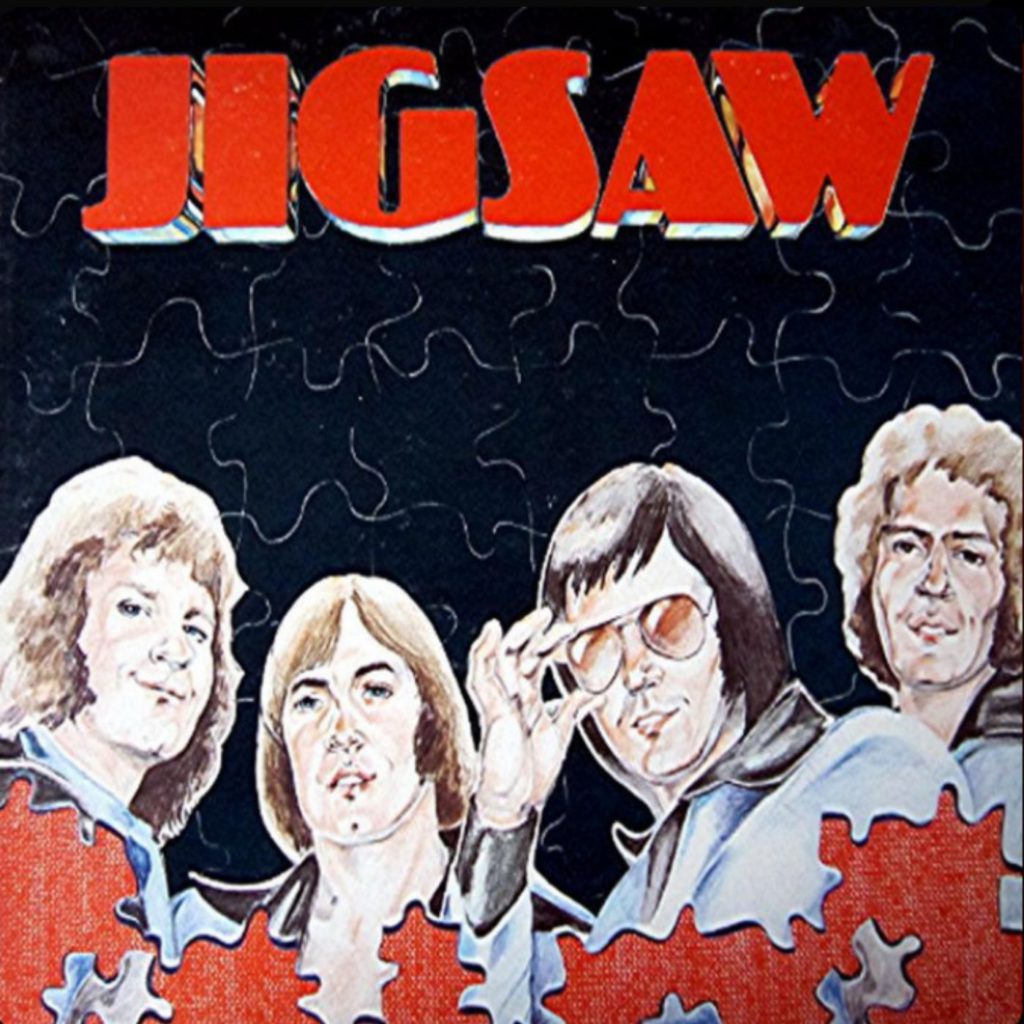
Global success doesn’t always guarantee lasting memory, as this 1975 track proves with surgical precision. Peaking at number three on the US Billboard Hot 100 and number nine in the UK, it remarkably reached number two on Japan’s Oricon charts. Serving as the theme for “The Man from Hong Kong,” the British band created a perfect hybrid just as disco was gaining momentum.
Richard Hewson’s orchestral arrangements transform solid pop-rock foundations into soaring musical architecture. You know those mid-70s buildings with clean modernist lines and unexpectedly warm interiors? That’s this song in sonic form. Despite creating this perfect cultural artifact, the group never again captured the zeitgeist so precisely.
6. There Goes Another Love Song – The Outlaws
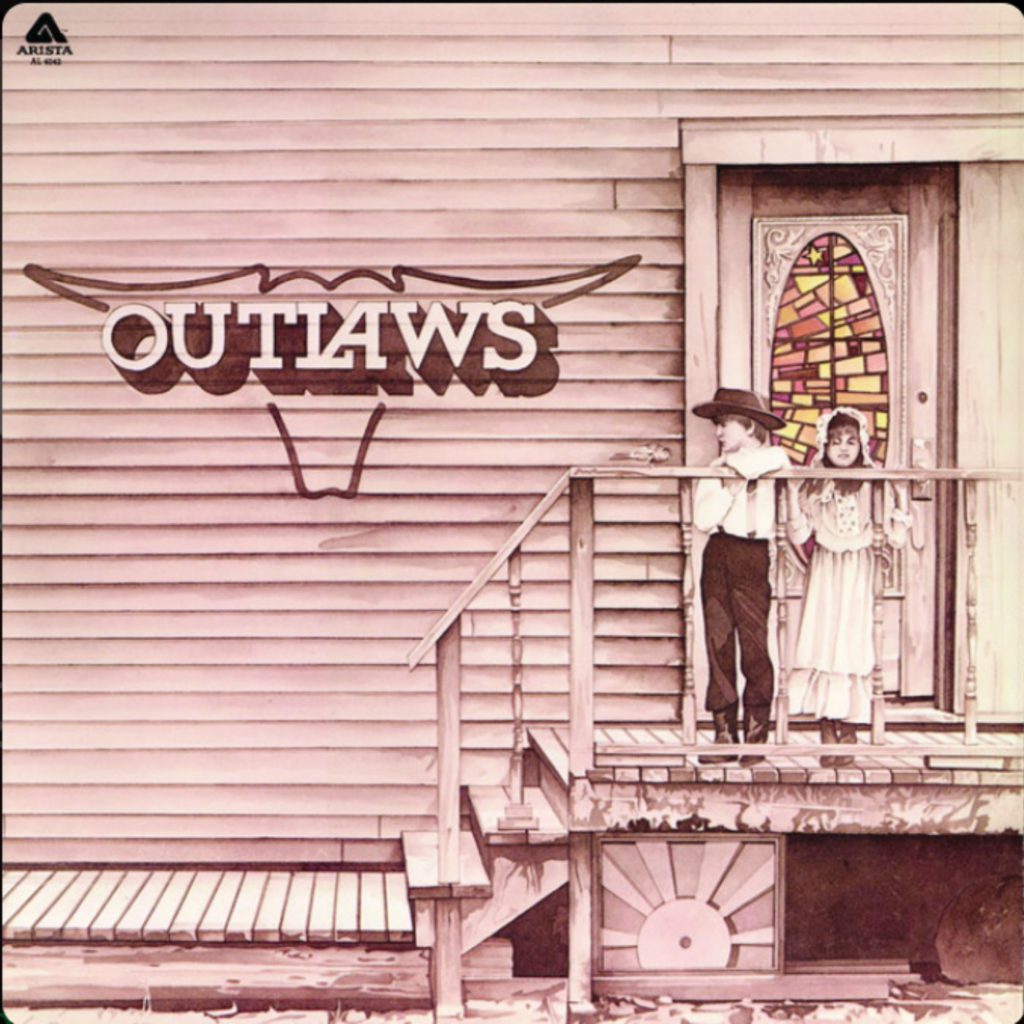
Southern rock storytelling power gets demonstrated through this number 34 Hot 100 hit in 1975. Written by Huie Thomasson with Monte Yoho contributions, harmonized vocals combine with skilled instrumentation, expressing road-weary longing.
The emotional toll of touring life captures homesickness, wishful thinking, and the bittersweet reality of pursuing musical dreams while leaving relationships behind. Ten albums followed, making this their most successful mainstream connection, preserving moments when authentic regional voices found national resonance.
5. Shame, Shame, Shame – Shirley & Company

Disco blueprints were still being drawn when this track helped establish the template in 1975. Hitting number 12 on Billboard’s Hot 100 and topping the Soul Singles chart, it became one of disco’s earliest mainstream ambassadors.
Shirley Goodman (previously of Shirley and Lee) and Jesus Alvarez delivered vocals over a Bo Diddley-inspired beat that producer Sylvia Robinson transformed completely. Sheldon Powell’s saxophone solo added instrumental flair that would become a disco signature. Cultural hinges rarely sound this good—connected to R&B’s past while swinging open disco’s future door.
4. 18 With a Bullet – Pete Wingfield
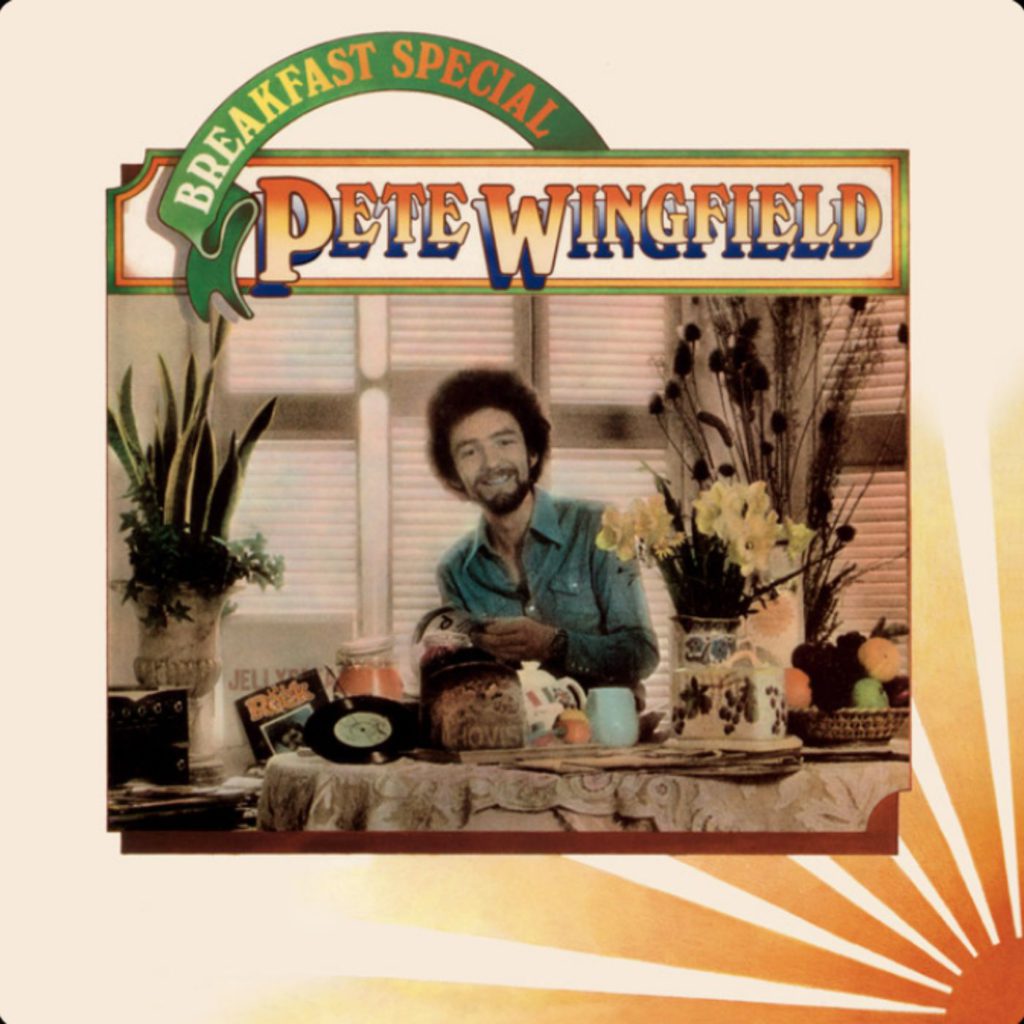
Meta-hits require serious confidence, especially when referencing Billboard terminology in your song title. “Eighteen With a Bullet“ indicated rapidly rising tracks in chart speak, and this cleverly fulfilled its prophecy by reaching number 18 in the US and number seven in the UK.
Smooth vocals deliver lyrics on multiple levels, combining music industry commentary with relationship metaphors. This “Breakfast Special” album track pays homage to doo-wop while incorporating contemporary production. Finding a perfectly preserved mid-century modern chair that looks more current than anything at IKEA? That’s this song’s vibe exactly.
3. I’m Not Lisa – Jessi Colter
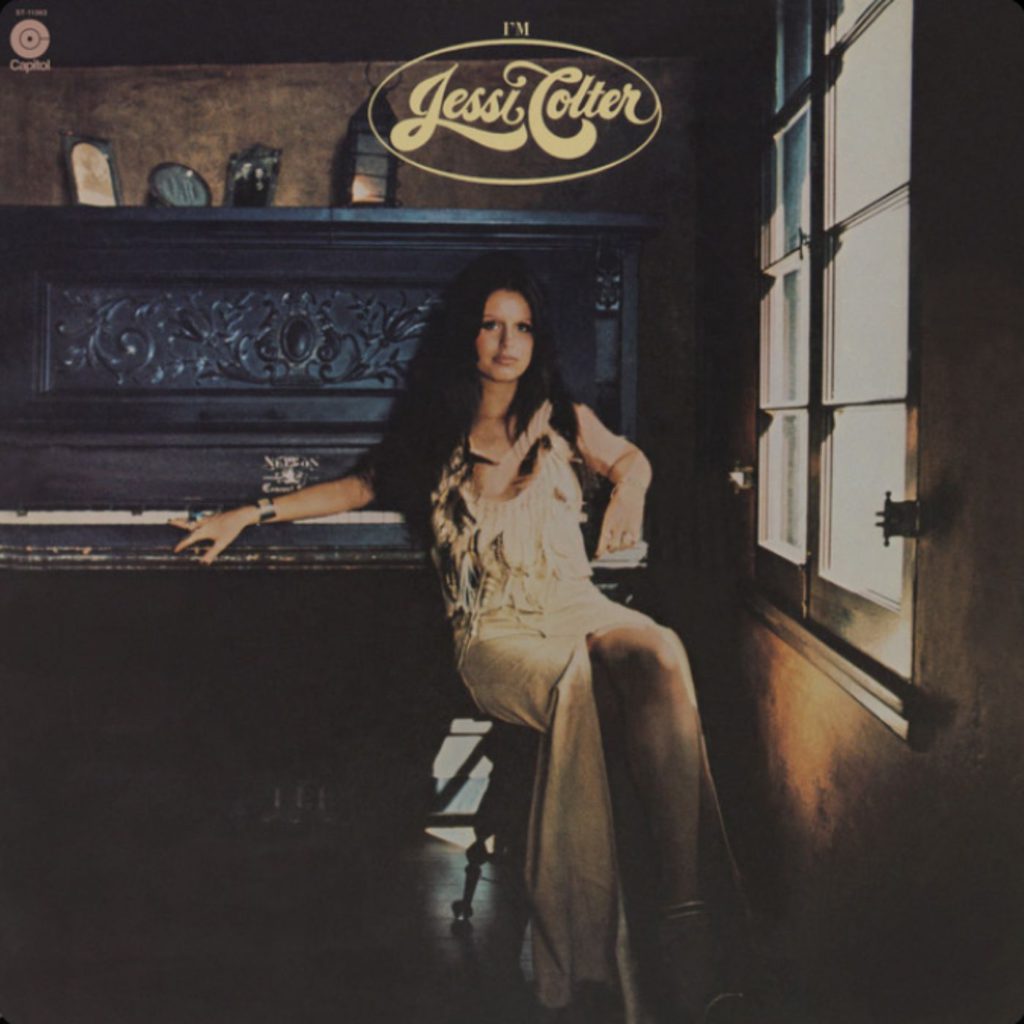
The emotional aftermath of loving someone who can’t forget their previous partner gets universal treatment here. Topping Hot Country Songs and reaching number four on the Hot 100, this broke through genre barriers with its relationship pain theme.
Raw vocal performance over a sparse piano arrangement creates an intimate atmosphere. Listeners become accidental eavesdroppers on private vulnerability moments. Ken Mansfield produced with contributions from Waylon Jennings(whom she later married), demonstrating how country could connect with mainstream audiences through emotional authenticity rather than crossover compromises.
2. Play That Funky Music – Wild Cherry
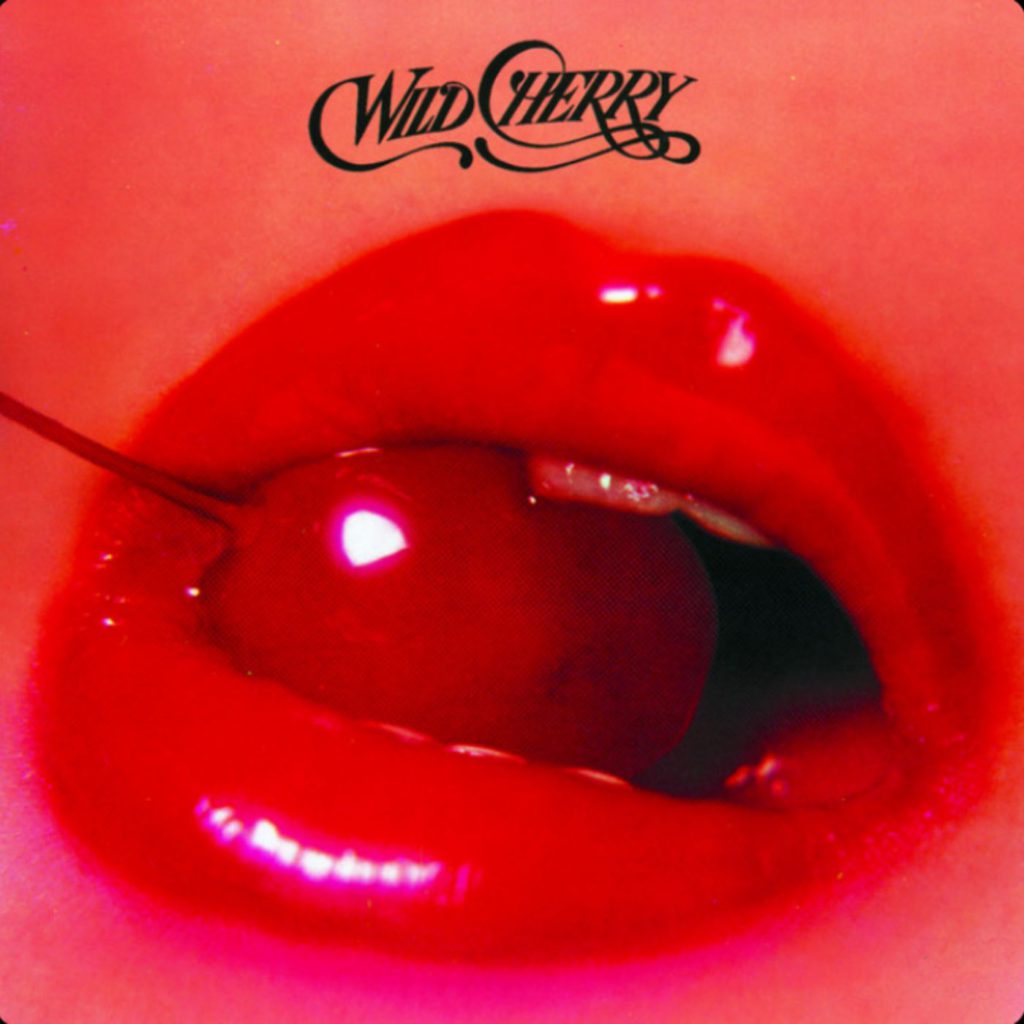
Racial and genre divides get broken through irresistible grooves when this topped multiple charts in 1976. Rob Parissi wrote it based on real experience—the band was asked to “play some funky music” while performing at a predominantly Black venue.
Infectious beats and self-referential lyrics created instant fans across demographic boundaries. Musical bridges between communities function especially well when such connections weren’t always encouraged. Authentic cultural exchange produces art with a lasting impact—this track continues igniting dance floors today.
1. Wham Bam Shang-A-Lang – Silver
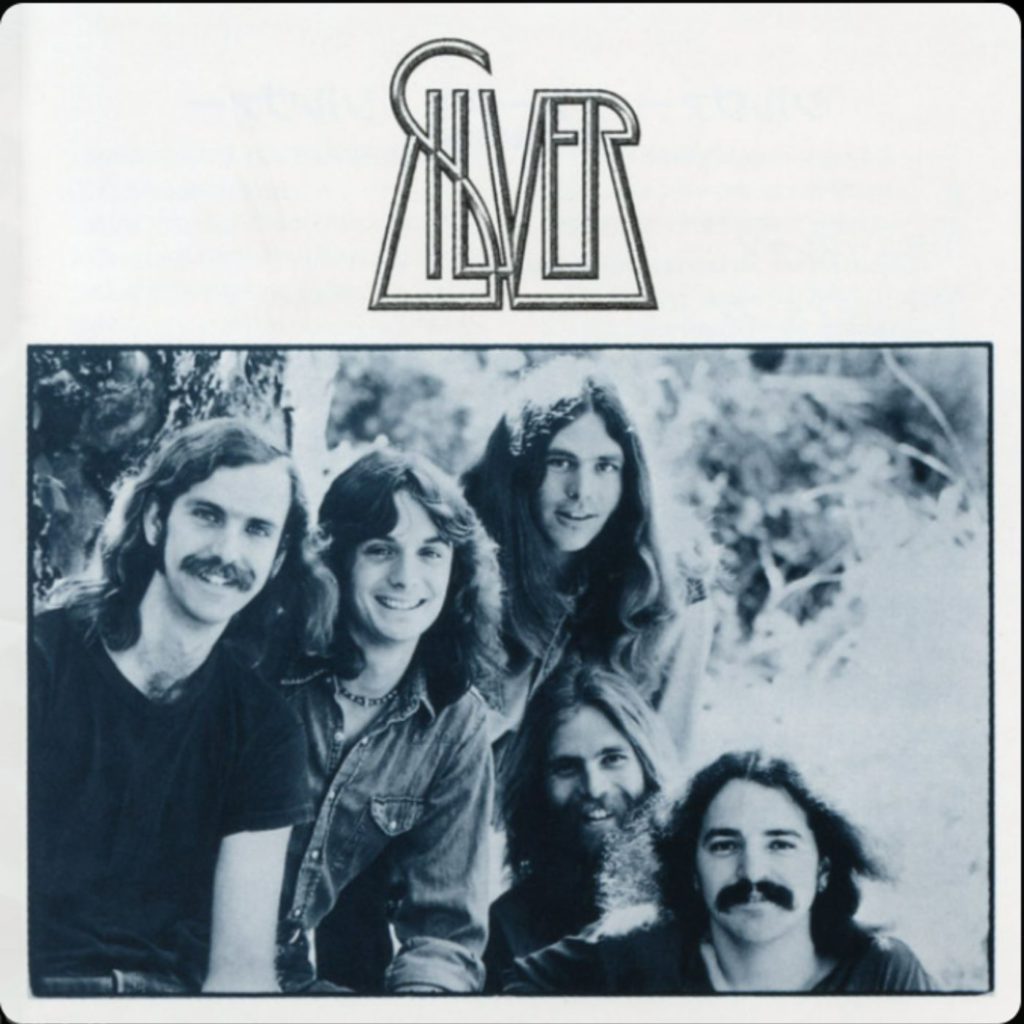
Unforgettable melodies brightened 1976 airwaves when this reached number 16 despite industry challenges. Written by Rick Giles, clean pop production and infectious chorus created immediate appeal across the Los Angeles band’s brief fame period.
“Guardians of the Galaxy” appearance introduced new generations to this track. Perfect summer blockbuster comparisons work here—immediate pleasure without requiring deep analysis. Craftsmanship and catchiness create lasting appeal even without profound artistic statements.




